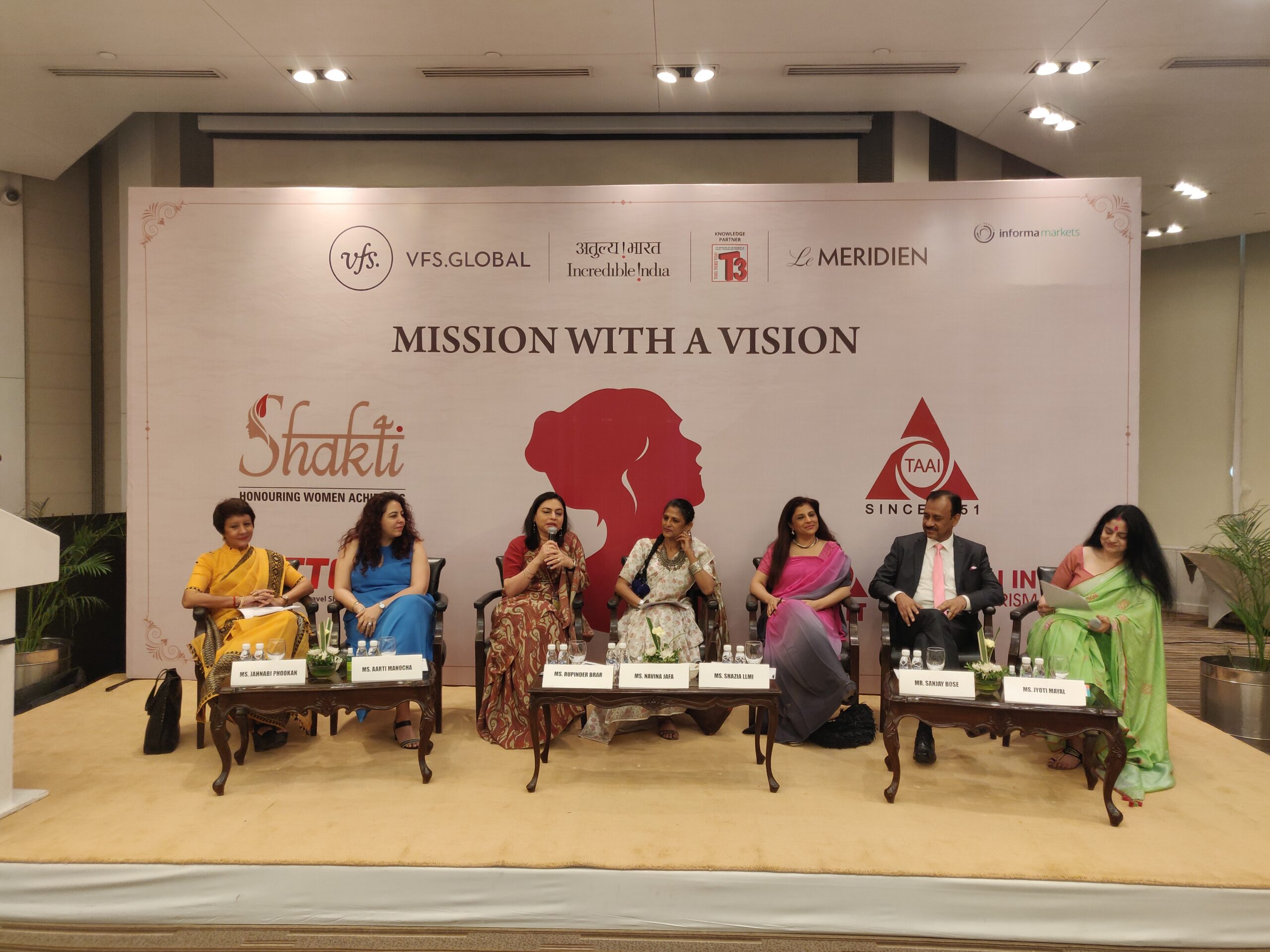India’s tourism and hospitality sector is on the brink of significant growth, projected to generate 61 lakh new jobs by 2034. Spending in the sector is also expected to rise by 1.2 times, underlining its role as a major economic driver. A whitepaper by the Confederation of Indian Industry (CII) and EY, unveiled at the 18th Annual CII Tourism Summit, highlights the industry’s resilience post-pandemic and its capacity to adapt to a rapidly evolving global landscape.
Of the anticipated new roles, 46 lakh will be for men and 15 lakh for women, showcasing opportunities for gender inclusion and diversification. Currently contributing 8% to India’s employment, the sector is poised for expansion driven by domestic tourism and a rising demand for skilled professionals. To meet these challenges, the report recommends enhancing skills in digital marketing, sustainable tourism, and customer service. Measures like gamified learning systems and standardised training through a Ministry of Tourism task force are proposed to bridge skill gaps.
Key policy recommendations include granting industry status to tourism, Employment Linked Incentive (ELI) schemes, and targeted subsidies to attract investment. A central body for tourism and hospitality is suggested to streamline governance, improve infrastructure, and boost operational efficiency. The introduction of a Tourism Employment Index (TEI) aims to track workforce trends and seasonal needs, leveraging the gig economy to address labor shortages during peak periods.
The report also highlights untapped avenues like medical tourism and community-driven programs. By integrating Digital Public Infrastructure (DPI) and fostering innovation, the sector can achieve global leadership. With the right industry and policy support, India’s tourism and hospitality industry is set to transform, driving economic growth and creating millions of opportunities by 2036-37.






